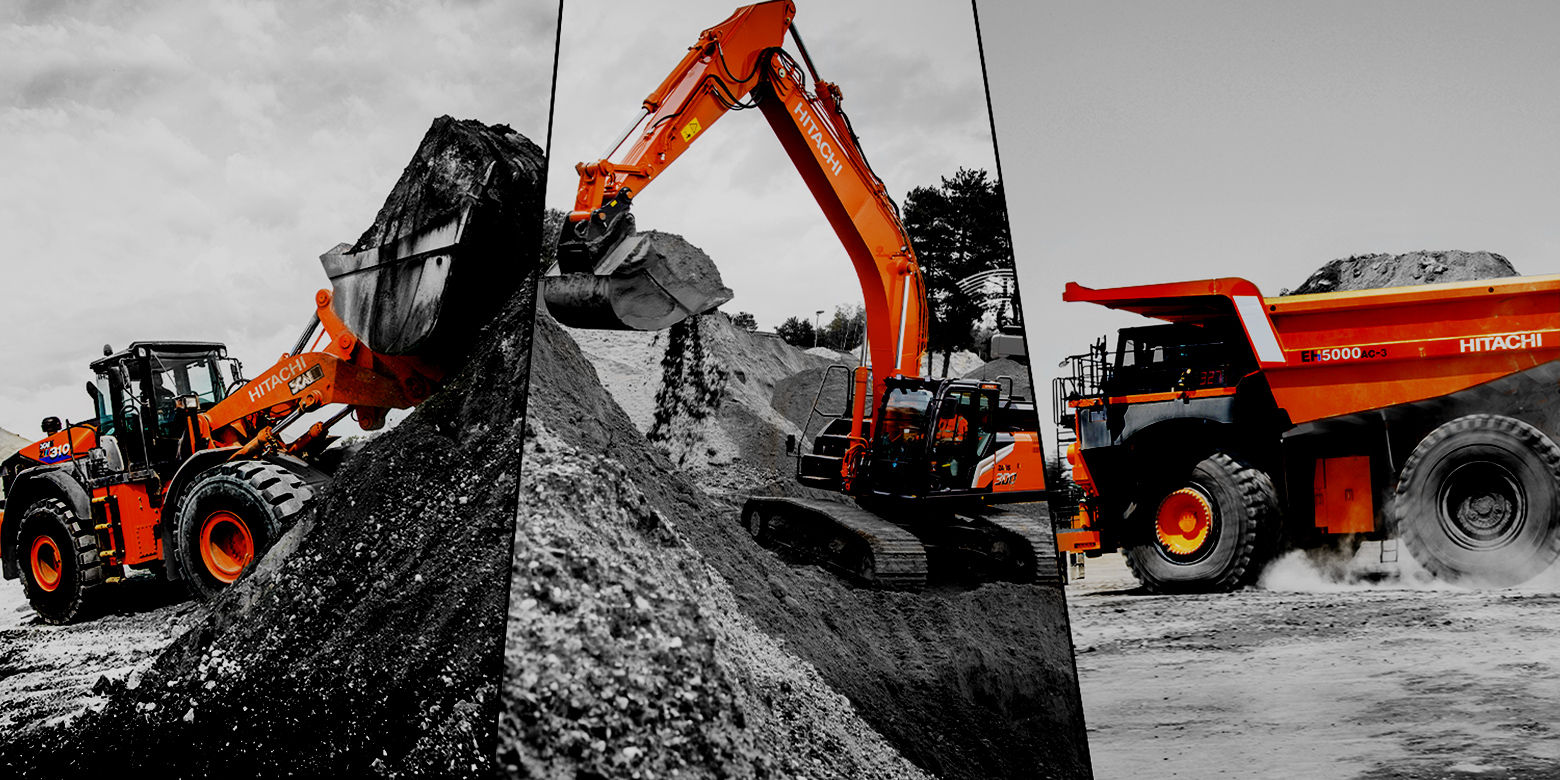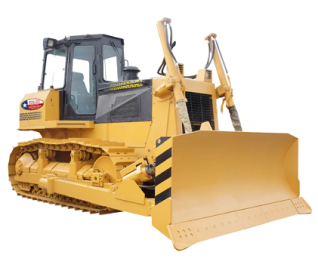Aerial Lift Rental in Tuscaloosa AL: Protect and Effective High-Reach Equipment
Aerial Lift Rental in Tuscaloosa AL: Protect and Effective High-Reach Equipment
Blog Article
Discovering the Financial Conveniences of Leasing Building And Construction Tools Contrasted to Possessing It Long-Term
The decision between renting and owning building and construction equipment is crucial for financial monitoring in the market. Renting out deals prompt price savings and functional versatility, enabling companies to designate resources extra effectively. In comparison, ownership includes substantial long-lasting economic dedications, consisting of maintenance and devaluation. As contractors evaluate these options, the effect on money circulation, project timelines, and modern technology access becomes increasingly significant. Comprehending these subtleties is crucial, specifically when considering exactly how they line up with specific job requirements and financial methods. What factors should be focused on to make sure optimal decision-making in this facility landscape?

Cost Contrast: Renting Out Vs. Owning
When examining the monetary effects of renting versus possessing building devices, a complete expense contrast is essential for making notified decisions. The selection between renting out and owning can considerably impact a business's profits, and recognizing the linked costs is vital.
Renting building tools normally includes reduced upfront prices, permitting services to allot funding to other operational needs. Rental contracts frequently consist of flexible terms, allowing firms to accessibility advanced equipment without long-lasting commitments. This versatility can be specifically helpful for temporary tasks or changing work. Nonetheless, rental costs can collect over time, possibly surpassing the cost of ownership if devices is needed for a prolonged duration.
Alternatively, having construction tools requires a substantial first investment, along with recurring costs such as depreciation, financing, and insurance policy. While ownership can bring about lasting financial savings, it likewise locks up resources and might not provide the exact same degree of flexibility as renting. Furthermore, possessing equipment demands a commitment to its application, which may not constantly straighten with job needs.
Ultimately, the choice to have or rent out needs to be based on a comprehensive evaluation of specific project requirements, monetary capacity, and long-lasting critical goals.

Maintenance Expenditures and Responsibilities
The choice in between leasing and owning construction devices not just entails economic considerations yet also encompasses continuous maintenance expenses and responsibilities. Having equipment needs a significant commitment to its upkeep, which consists of regular assessments, repairs, and prospective upgrades. These obligations can rapidly build up, resulting in unforeseen prices that can strain a spending plan.
On the other hand, when renting out equipment, upkeep is generally the responsibility of the rental company. This setup allows service providers to stay clear of the economic burden connected with wear and tear, in addition to the logistical challenges of scheduling repairs. Rental arrangements frequently consist of stipulations for maintenance, indicating that specialists can concentrate on finishing jobs rather than bothering with equipment condition.
Additionally, the diverse variety of devices readily available for rent makes it possible for companies to choose the most up to date designs with innovative technology, which can enhance efficiency and efficiency - scissor lift rental in Tuscaloosa Al. By choosing rentals, organizations can stay clear of the long-term liability of tools devaluation and the linked maintenance migraines. Inevitably, examining maintenance expenditures and duties is crucial for making an educated decision concerning whether to lease or possess construction tools, significantly impacting overall job prices and functional performance

Devaluation Influence On Ownership

A significant aspect to think about in the decision to have building and construction devices is the effect of depreciation on total ownership prices. Devaluation represents the decrease in value of the devices with time, affected by aspects such as use, wear and tear, and developments in technology. As tools ages, its market price diminishes, which can dramatically affect the owner's monetary setting when it comes time to trade the tools or sell.
For construction companies, this depreciation can convert to significant losses if the tools is not used to its max possibility or if it lapses. Proprietors need to account for devaluation in their financial forecasts, which can cause higher total expenses compared to renting. Additionally, weblink the tax obligation implications of depreciation see this site can be complex; while it might give some tax obligation advantages, these are often offset by the truth of minimized resale worth.
Eventually, the worry of depreciation highlights the value of understanding the lasting monetary dedication associated with owning building and construction devices. Companies need to meticulously review exactly how often they will use the tools and the possible monetary effect of devaluation to make an informed choice regarding ownership versus renting out.
Financial Adaptability of Renting Out
Renting construction devices supplies substantial economic flexibility, allowing firms to assign sources a lot more efficiently. This flexibility is especially vital in a sector characterized by changing task needs and varying workloads. By deciding to lease, businesses can prevent the significant resources outlay required for acquiring devices, maintaining capital for other operational demands.
Furthermore, renting devices makes it possible for business to customize their tools options to certain job requirements without the lasting dedication linked with ownership. This implies that companies can easily scale their tools stock up or down based upon anticipated and existing project demands. Consequently, this versatility lowers the risk of over-investment in equipment that might come to be underutilized or obsolete with time.
One more economic benefit of leasing is the potential for tax obligation benefits. Rental repayments are commonly taken heavy rental equipment near me into consideration overhead, enabling prompt tax obligation reductions, unlike depreciation on owned equipment, which is spread over a number of years. scissor lift rental in Tuscaloosa Al. This instant expense recognition can further boost a business's cash position
Long-Term Project Factors To Consider
When assessing the long-term needs of a building and construction service, the decision between having and renting tools becomes extra intricate. Secret variables to consider include job period, frequency of usage, and the nature of upcoming tasks. For projects with extended timelines, purchasing tools might seem useful due to the possibility for lower overall expenses. Nevertheless, if the tools will not be utilized consistently throughout tasks, having may bring about underutilization and unneeded expense on upkeep, insurance policy, and storage.
In addition, technological innovations position a substantial consideration. The building and construction industry is developing rapidly, with new devices offering enhanced efficiency and safety and security attributes. Renting out enables business to access the most current modern technology without dedicating to the high in advance costs connected with acquiring. This adaptability is specifically useful for companies that take care of diverse tasks calling for different kinds of tools.
Furthermore, financial security plays a vital function. Possessing tools frequently requires considerable capital investment and depreciation concerns, while leasing enables even more foreseeable budgeting and money flow. Ultimately, the choice in between owning and renting out needs to be straightened with the calculated objectives of the building and construction organization, taking into account both existing and awaited task demands.
Verdict
In final thought, renting building and construction equipment offers significant financial benefits over long-lasting possession. Eventually, the choice to rent out rather than own aligns with the vibrant nature of construction tasks, permitting for flexibility and accessibility to the latest devices without the financial concerns associated with possession.
As equipment ages, its market value decreases, which can substantially influence the proprietor's financial setting when it comes time to market or trade the equipment.
Renting out building and construction devices uses considerable economic adaptability, allowing companies to designate resources more efficiently.Furthermore, leasing equipment enables firms to tailor their tools options to certain job needs without the long-lasting commitment associated with possession.In final thought, leasing building tools offers significant monetary advantages over lasting ownership. Ultimately, the choice to rent instead than own aligns with the vibrant nature of building and construction projects, allowing for flexibility and accessibility to the newest devices without the financial burdens linked with ownership.
Report this page